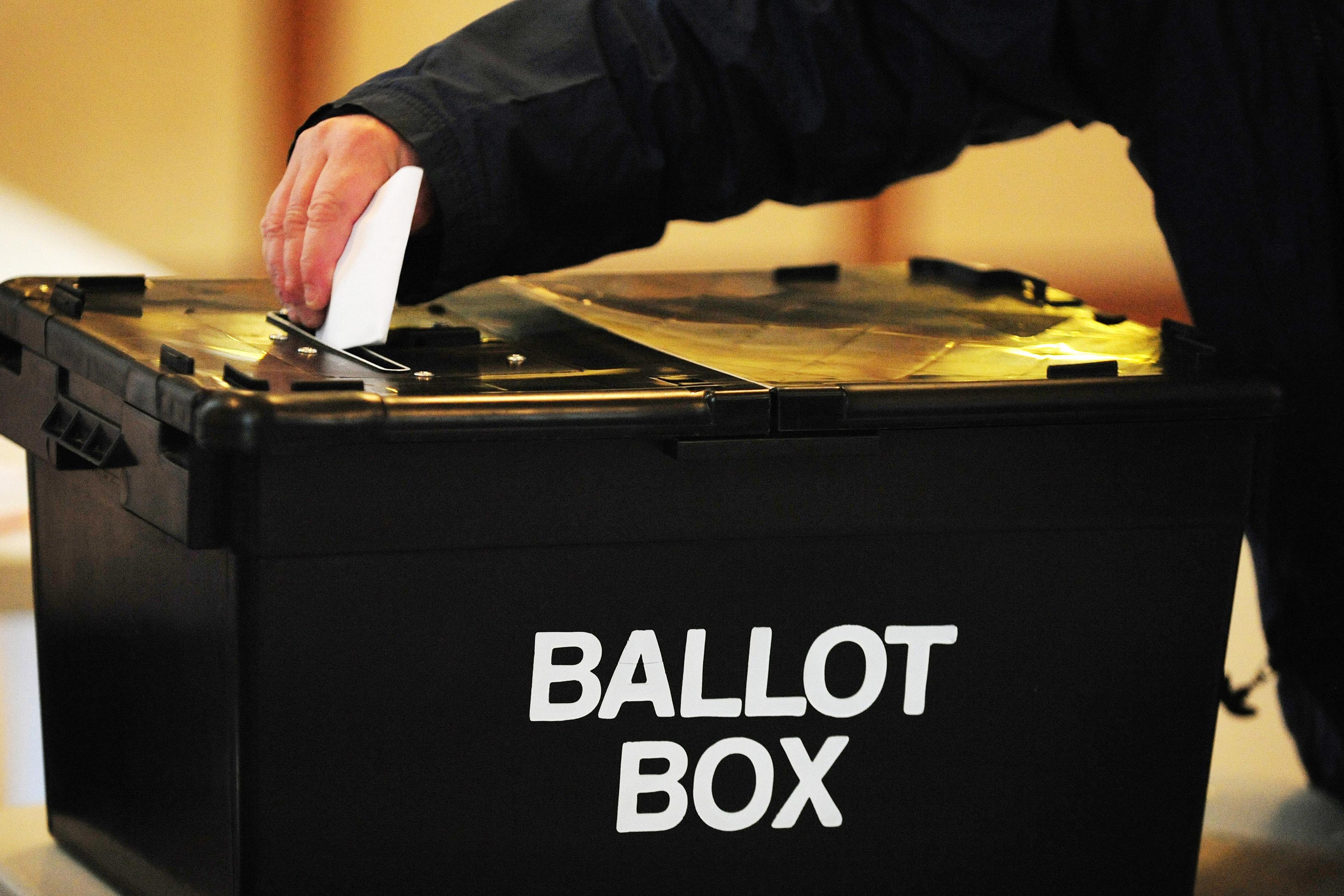Does tactical voting mean the Tories are even less likely to win?
Voters could swing the election further in Labour’s favour by boxing clever in marginal seats, writes Sean O’Grady


As the first postal ballots are cast, there seems little doubt that, if the polls are correct and remain roughly where they are until polling day, the Labour Party will command a majority in the new House of Commons.
Such is the prospective scale of the swing from the Conservatives to Labour since the 2019 general election that it seems a foregone conclusion, a factor that may affect turnout and, thus, the size of that majority. Yet such is the anti-Conservative mood that there are also strong indications that more of the electorate are prepared to vote tactically at this general election than at any since the New Labour triumphs in 1997 and 2001. It could yet have a significant impact once again…
What is the evidence that tactical voting is growing?
The clearest evidence of tactical, ie anti-Conservative, voting behaviour can be seen in the succession of spectacular by-election results over the past couple of years or so. Such patterns have also been observed in local council elections.
Does tactical voting work?
Yes. The by-elections in the last parliament prove the point, as do some local election results. Studies of the 1997 general election, the first post-war contest where such behaviour was observed to be relatively widespread, suggest that Tony Blair’s party won between 15 and 21 seats from the Conservatives thanks to Liberal Democrats “lending” their votes to Labour. Conversely, Paddy Ashdown’s party won an extra 10 to 14 constituencies that would otherwise have eluded them, thanks to Labour voters moving away from their usual allegiance to defeat the Conservatives. Similar patterns were seen in the 2001 general election. The Tories thus lost around 25 to 35 seats to tactical voting.
While New Labour would still have won landslide majorities, the sheer scale of the Conservative defeats were that bit more emphatic and historic, and made the job of rebuilding the Tory party organisation that bit more challenging. For the Liberal Democrats, having the largest parliamentary grouping since 1929 was also a morale booster, raised their profile and, in due course, this much larger base helped them into coalition government in the otherwise hung parliament of 2010-15.
Why do people vote tactically?
Negative and positive reasons. The overwhelming motive recently (as in 1997 and 2001) has been to “get the Tories out”, almost irrespective of any other consideration, and even when it’s perfectly apparent that voting tactically probably isn’t necessary. It has become an almost vindictive motive among some. This could well prove especially the case where cabinet ministers and other prominent Tories are trying to defend themselves. (Contrary wise, Brexit/Reform party voters were much happier to vote tactically for Boris Johnson in 2019 than for Rishi Sunak in 2024 to keep Labour out).
The positive motives come from the fact that Labour and the Liberal Democrats agree on many broad areas of policy, so their loyal voters don’t feel as much self-disgust as they might otherwise. The reluctance of Ed Davey and Keir Starmer to attack each other also sends some signals to the electorate. They also tend not to target the same seats, and there are very few Lib Dem/Labour marginals to add any friction.
How do people know who to vote for?
In marginal seats, it’s fairly obvious as to who came second last time and is in pole position. But in nominally safer Tory seats it can be more tricky to judge if, for example, the anti-Tory vote is fairly evenly split between Labour and the Liberal Democrats or the SNP or Plaid Cymru. This effect could be observed in the Mid-Bedfordshire by-election, when the two opposition parties claimed to be the main challengers and split the vote, though the Tory vote was so depressed that Labour still won. Sometimes, the Liberal Democrats will have a string of local government wins but pose a weak parliamentary challenge. Websites and experts sometimes offer conflicting advice, and in some places boundary changes also complicate things.
Typical guidance sites are: https://tactical.votehttps; www.bestforbritain.org/get_voting; https://tacticalvote.co.uk



Join our commenting forum
Join thought-provoking conversations, follow other Independent readers and see their replies
Comments